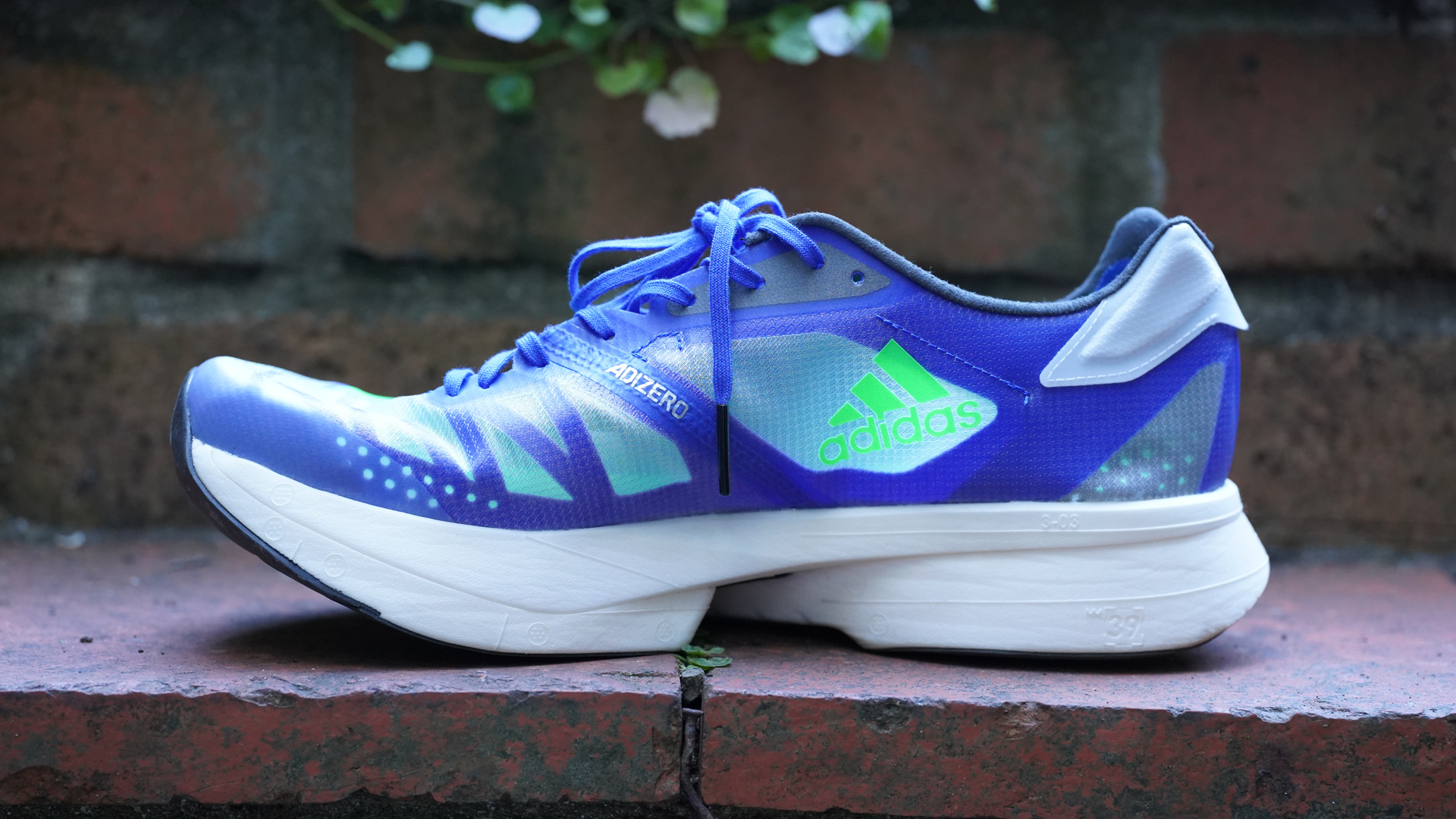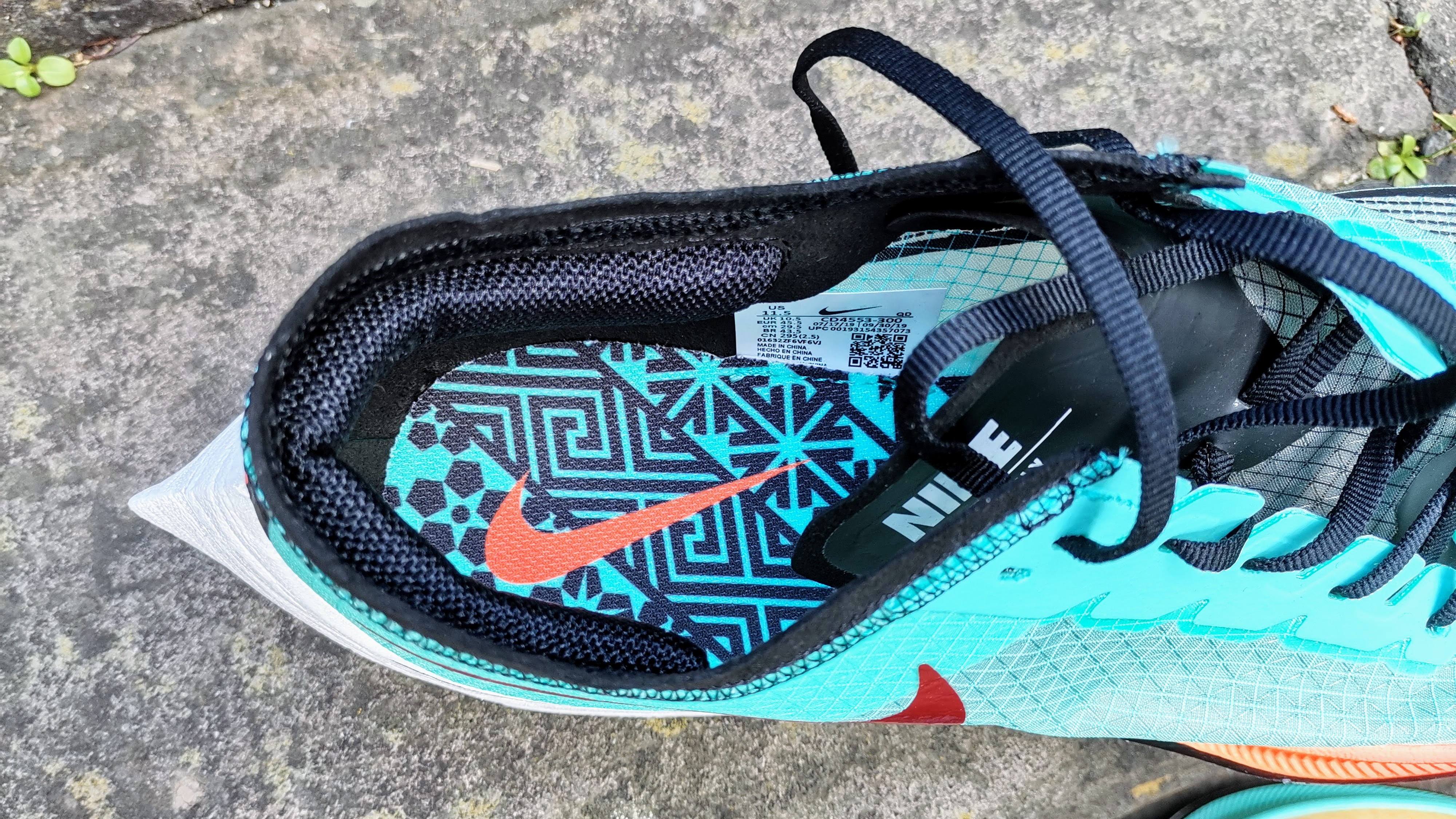

I've been testing running shoes for years and own quite a few pairs of trainers and I also curate the best running shoes guide on T3 (among other running guides), so one might say I'm highly exposed to running trainers. Maybe because of this high exposure, but despite having many pairs of max cushioned runners in my collection, I often find myself choosing carbon racers, even for slower training.
Now, this might be controversial; after all, carbon running shoes were designed for racing when you want to push yourself to your absolute limits. But the same technology that propels you forward at max speed can also help you jog more efficiently and keep you moving when your legs are sore.
Think about it: the tall stack height under the heel is perfect for mitigating the impact force when your calves are all but done, and the carbon plate can push you forward with less effort when the quads are totalled. The optimisation works at whatever speed you choose to run at, as long as you're careful.
Hear me out!
Carbon racing shoes for recovery: How to use them and caveats
I want to draw your attention to the title of the article: I'm a running shoe expert and know exactly A) what I'm doing when I'm out on a run and B) the different ways running shoes behave based on their purpose. I'm not suggesting everyone, and their mothers started using racing shoes for recovery.
It's also true that not all racing shoes are ideal for this purpose. I wouldn't use the ASICS METASPEED EDGE+ or the Saucony Endorphin Pro for recovery, but I'm more than happy to slip on the New Balance FuelCell Elite v2 (retailer link) or Adidas Adizero Adios Pro 2 (also retailer link) for slower runs.
Of that lot, the New Balance is probably the best suited for slower runs; the foam is softer and the carbon plate is less imposing, making it perfect for slower runs. The Adidas is slightly faster with a tighter upper and a more significant toe spring, that's better for when your legs are not completely destroyed.
Get all the latest news, reviews, deals and buying guides on gorgeous tech, home and active products from the T3 experts

The flared heel, the bold colours, then swoosh... this can only mean one thing!
The next step would be something like the Nike ZoomX Vaporfly NEXT%; although that has a narrower landing platform, you need strong ankles to control your gait. The upper of the MATEASPPED EDGE+ is less tight than its predecessor but still on the tight side; great for racing, not so much for training. And don't even get me started on the Endorphin Pro – that's tight and hard all over.
Should you use carbon-plated running shoes for recovery? Only if you aren't a complete beginner. You need to be able to harness the power of the shoes and make it work in your favour – this requires some ankle strength and a good muscle-mind connection.
Not to mention, carbon shoes are pretty expensive, and many people can't afford to spend a lot of dosh trying to find the perfect pair for recovery; I completely appreciate that. I'm not suggesting everyone ran in carbon shoes for recovery – I'm just saying it works for me. If you have a pair, give them a try and see what you think. Just be careful, will you?

Matt Kollat is a journalist and content creator who works for T3.com and its magazine counterpart as an Active Editor. His areas of expertise include wearables, drones, fitness equipment, nutrition and outdoor gear. He joined T3 in 2019. His byline appears in several publications, including Techradar and Fit&Well, and more. Matt also collaborated with other content creators (e.g. Garage Gym Reviews) and judged many awards, such as the European Specialist Sports Nutrition Alliance's ESSNawards. When he isn't working out, running or cycling, you'll find him roaming the countryside and trying out new podcasting and content creation equipment.